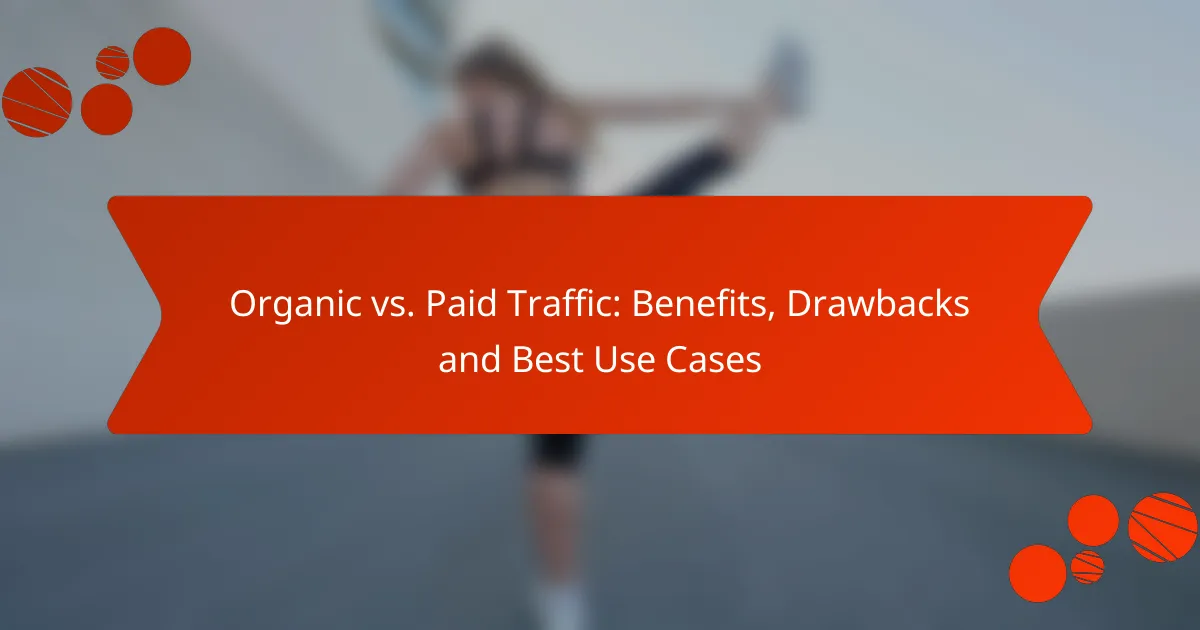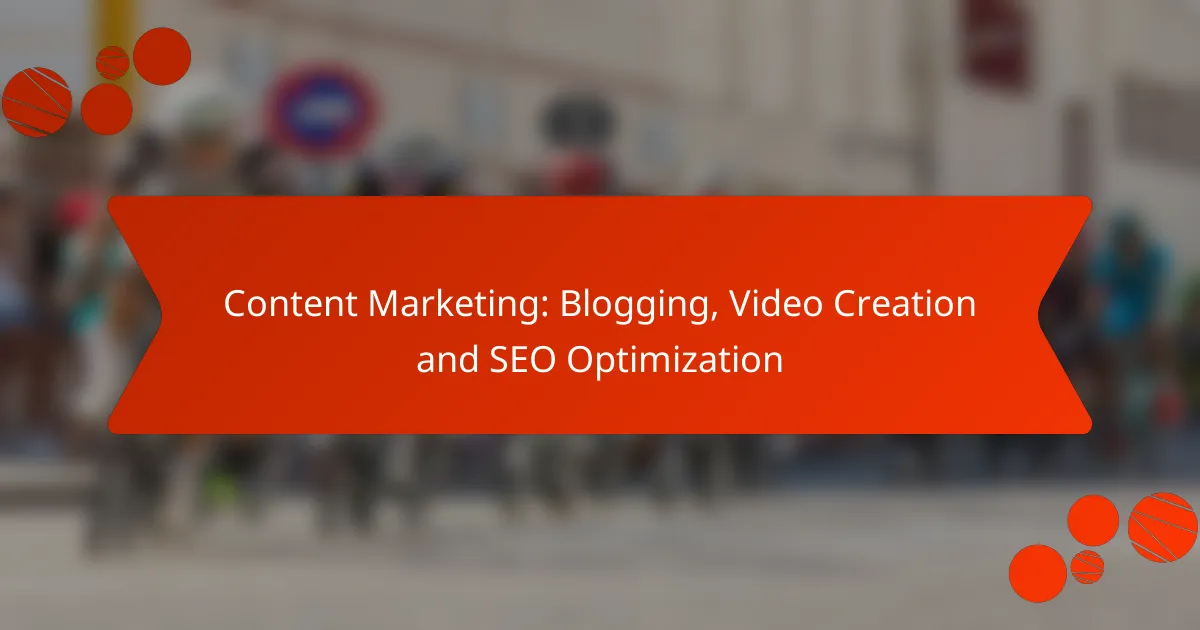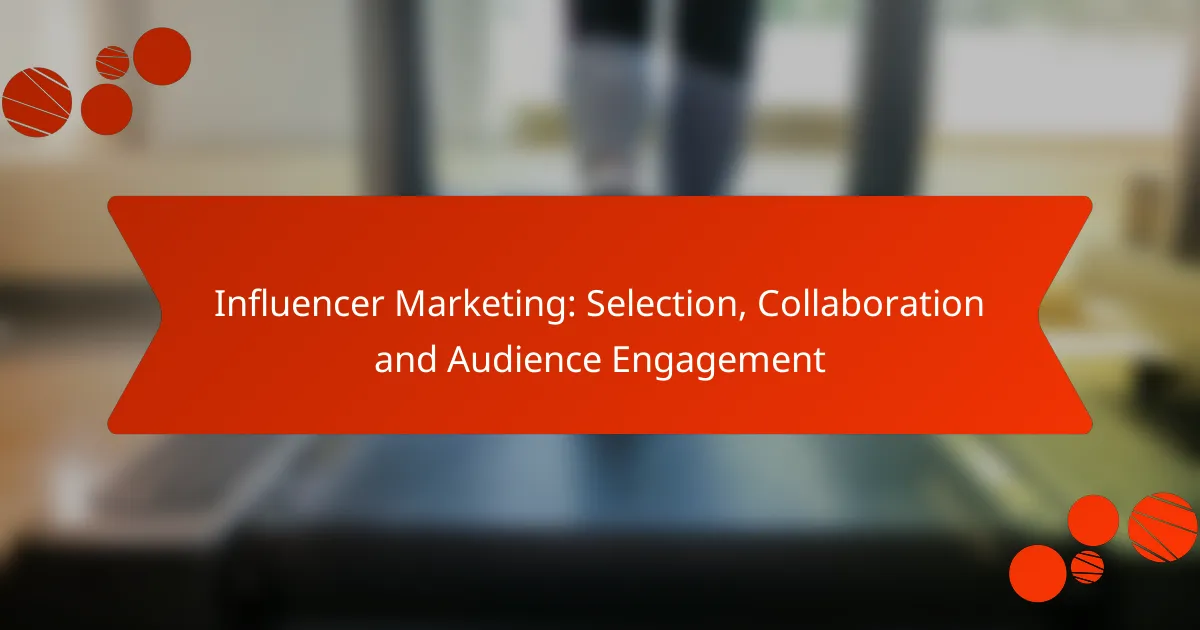Understanding the differences between organic and paid traffic is crucial for any business looking to optimize its online presence. Organic traffic, while cost-effective and sustainable, requires time and effort to build, whereas paid traffic provides immediate access to potential customers but comes with its own set of challenges. Each approach has its unique benefits and drawbacks, making it essential to choose the right strategy based on specific business goals and circumstances.
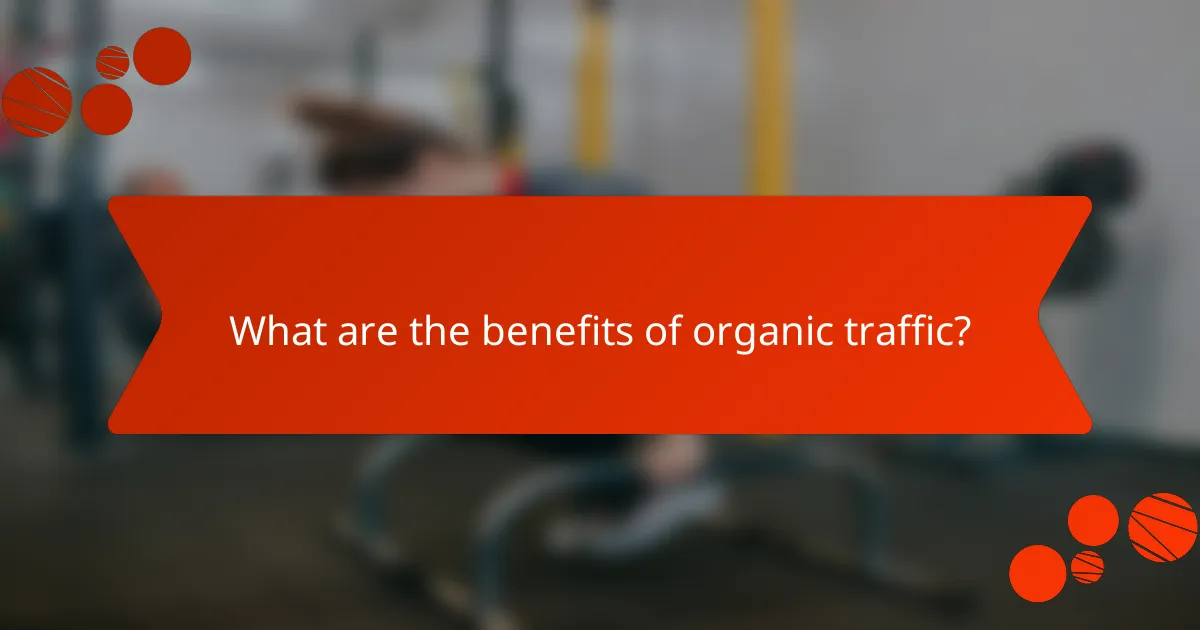
What are the benefits of organic traffic?
Organic traffic refers to visitors who arrive at your website through unpaid search results. This type of traffic offers several advantages, including cost savings, credibility, and sustainable growth over time.
Cost-effectiveness
Organic traffic is generally more cost-effective than paid traffic. While paid advertising requires ongoing investment, organic traffic can be generated through content creation and search engine optimization (SEO) efforts that may have upfront costs but yield long-term benefits.
Investing in quality content and optimizing it for search engines can lead to a steady stream of visitors without the recurring costs associated with pay-per-click (PPC) campaigns. This makes organic traffic an attractive option for businesses with limited marketing budgets.
Long-term sustainability
Organic traffic provides long-term sustainability, as it builds over time through consistent content updates and SEO practices. Unlike paid traffic, which stops when funding ceases, organic traffic can continue to attract visitors even after the initial investment.
By focusing on creating valuable content that addresses user needs, businesses can establish a lasting online presence. This approach fosters ongoing engagement and can lead to a loyal audience over time.
Higher credibility
Websites that rank well in organic search results are often perceived as more credible and trustworthy by users. This credibility stems from the belief that search engines prioritize high-quality, relevant content.
When users find your website through organic search, they are more likely to trust your brand compared to those arriving via paid ads. This trust can lead to higher conversion rates and customer loyalty.
Better user engagement
Organic traffic typically results in better user engagement compared to paid traffic. Visitors who find your site through organic search are often more interested in your content, leading to longer session durations and lower bounce rates.
To enhance user engagement, focus on providing valuable, informative content that meets the needs of your audience. This can include blog posts, videos, and infographics that encourage interaction and sharing, ultimately driving more organic traffic to your site.

What are the drawbacks of organic traffic?
Organic traffic has several drawbacks that can impact its effectiveness for businesses. While it can be cost-effective in the long run, the challenges often include time investment, reliance on search engine algorithms, and limited control over search rankings.
Time-consuming results
One of the main drawbacks of organic traffic is that it typically takes a significant amount of time to see results. Building a strong organic presence can take months or even years, depending on competition and the effectiveness of your strategies. This slow growth can be frustrating, especially for businesses needing immediate visibility.
To mitigate this, focus on creating high-quality content and optimizing your website for search engines. Regularly updating your content and engaging with your audience can help speed up the process, but patience is essential.
Algorithm dependency
Organic traffic is heavily dependent on search engine algorithms, which are constantly changing. These updates can affect your website’s ranking and visibility without warning, making it challenging to maintain consistent traffic levels. Businesses may find themselves needing to adapt quickly to algorithm changes to avoid losing their hard-earned rankings.
To stay ahead, keep informed about major algorithm updates and adjust your SEO strategies accordingly. Regularly auditing your website for compliance with best practices can also help minimize the impact of these changes.
Limited control over rankings
With organic traffic, businesses have limited control over their search engine rankings. Factors such as competition, keyword relevance, and user behavior can all influence where your site appears in search results. This unpredictability can make it difficult to achieve and maintain desired rankings.
To enhance your control, focus on optimizing for a diverse range of keywords and building a robust backlink profile. Engaging with your audience through social media and other channels can also drive traffic and improve your overall online presence, which may positively influence your search rankings.
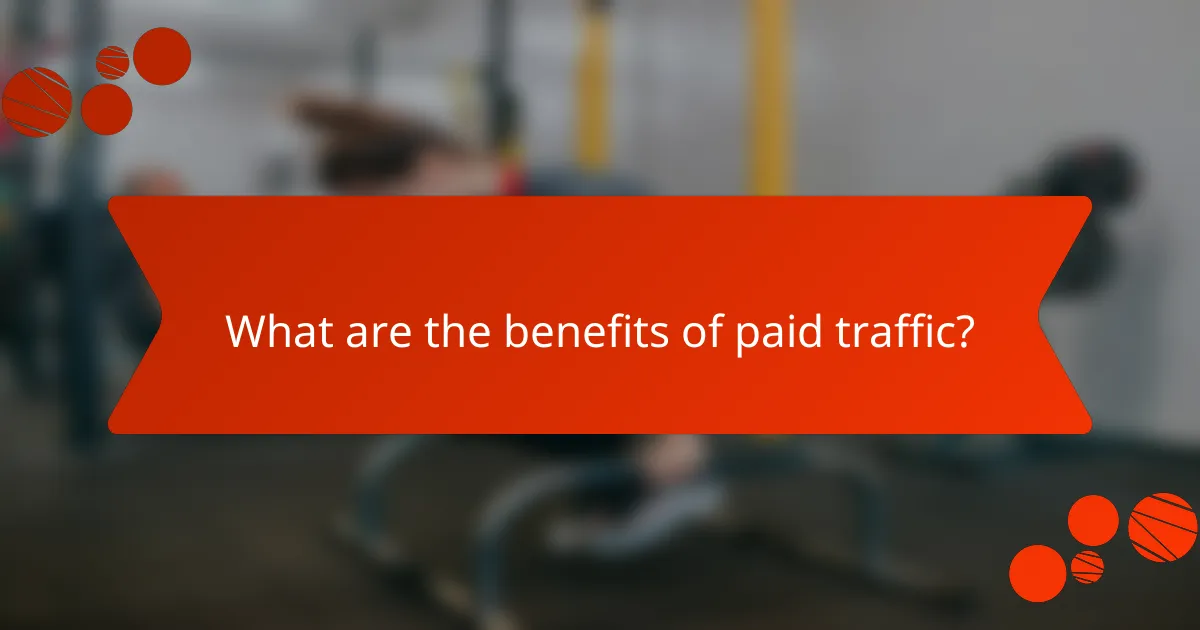
What are the benefits of paid traffic?
Paid traffic offers quick access to potential customers, allowing businesses to generate leads and sales almost immediately. This approach can be particularly effective for campaigns targeting specific demographics or promoting time-sensitive offers.
Immediate visibility
Paid traffic provides instant visibility on search engines and social media platforms. Unlike organic traffic, which can take time to build, paid ads can position your brand at the top of search results or in users’ feeds within minutes of launching a campaign.
This immediate presence can be crucial for new product launches or seasonal promotions, where timing is essential. Businesses can quickly test different ads and adjust their strategies based on performance metrics.
Targeted audience reach
With paid traffic, advertisers can precisely target their audience based on demographics, interests, and behaviors. Platforms like Google Ads and Facebook Ads allow for granular targeting, ensuring that your message reaches the most relevant users.
This capability helps improve conversion rates, as ads are shown to individuals more likely to engage with your product or service. For example, a local restaurant can target ads to users within a specific radius, increasing the likelihood of foot traffic.
Measurable results
Paid traffic campaigns provide clear and measurable results, allowing businesses to track performance in real-time. Metrics such as click-through rates, conversion rates, and return on ad spend can be easily monitored, enabling data-driven decisions.
Using tools like Google Analytics, businesses can analyze which ads perform best and adjust their strategies accordingly. This level of measurement helps optimize budgets and improve overall campaign effectiveness, ensuring that resources are allocated efficiently.

What are the drawbacks of paid traffic?
Paid traffic can be effective for immediate visibility, but it comes with significant drawbacks that marketers must consider. These include higher costs, reliance on short-term results, and the risk of ad fatigue among audiences.
Higher costs
Investing in paid traffic can quickly become expensive, especially in competitive markets. Costs can vary widely depending on the platform, with pay-per-click (PPC) rates ranging from a few cents to several dollars per click. Businesses must budget carefully to ensure that the return on investment justifies these expenses.
Additionally, ongoing costs can accumulate, making it crucial to monitor spending closely. Setting a daily or monthly budget can help manage these costs effectively, but businesses should be prepared for fluctuations in pricing based on competition and demand.
Short-term results
Paid traffic typically delivers quick results, but these are often short-lived. Once the advertising budget is exhausted, traffic can drop sharply, leading to a reliance on continuous funding to maintain visibility. This can create a cycle where businesses feel pressured to keep spending to sustain their audience reach.
In contrast, organic traffic builds over time and can provide lasting benefits without ongoing costs. Therefore, it’s essential to balance paid strategies with efforts to enhance organic reach for long-term sustainability.
Ad fatigue
Ad fatigue occurs when audiences become desensitized to repeated advertisements, leading to decreased engagement and effectiveness. This can happen relatively quickly, especially if the same ads are shown repeatedly across platforms. To combat ad fatigue, businesses should regularly refresh their ad creatives and messaging.
Monitoring performance metrics can help identify signs of ad fatigue, such as declining click-through rates. Implementing a rotation strategy for ads and testing different formats can keep the audience engaged and maintain the effectiveness of paid campaigns.

When should you use organic traffic?
Organic traffic is best utilized when you aim for sustainable growth and long-term engagement. It is particularly effective for businesses looking to build credibility and a loyal customer base over time.
Long-term brand building
Using organic traffic is essential for long-term brand building as it fosters trust and authority in your niche. Unlike paid traffic, which can yield immediate but fleeting results, organic methods create a lasting presence in search engines and among your audience.
Consider investing in high-quality content that resonates with your target market. This approach not only enhances your brand’s visibility but also encourages word-of-mouth referrals, which can be invaluable for growth.
Content marketing strategies
Organic traffic thrives on effective content marketing strategies that prioritize valuable and relevant content. By creating informative blog posts, videos, and infographics, you can attract visitors who are genuinely interested in your offerings.
Focus on optimizing your content for search engines while ensuring it meets the needs of your audience. Regularly updating your content and engaging with your audience through comments or social media can further enhance your organic reach.
SEO-focused campaigns
SEO-focused campaigns are crucial for maximizing organic traffic. These campaigns involve optimizing your website’s structure, content, and keywords to improve search engine rankings. A well-executed SEO strategy can lead to increased visibility and higher click-through rates.
To implement an effective SEO campaign, conduct keyword research to identify terms your audience is searching for. Regularly monitor your site’s performance using analytics tools and adjust your strategy based on what works best for your specific market. Avoid black-hat techniques, as they can lead to penalties from search engines.

When should you use paid traffic?
Paid traffic is ideal when you need immediate visibility and results, particularly in competitive markets. It allows businesses to quickly reach targeted audiences and generate leads or sales without waiting for organic rankings to improve.
Product launches
Using paid traffic during product launches can create buzz and drive quick sales. Ads can be tailored to specific demographics, ensuring that your product reaches the right audience from day one.
Consider allocating a budget for platforms like Google Ads or Facebook Ads, which can effectively promote your new offering. A common strategy is to start with a teaser campaign leading up to the launch, followed by a strong push on launch day.
Be cautious about overspending; set clear goals and monitor performance closely to adjust your strategy as needed. Aim for a return on investment (ROI) that justifies your ad spend, typically looking for at least a 2:1 ratio in the early stages.
